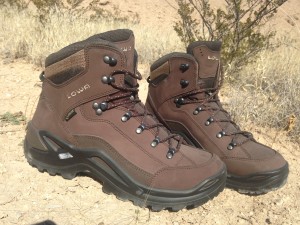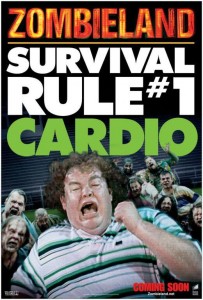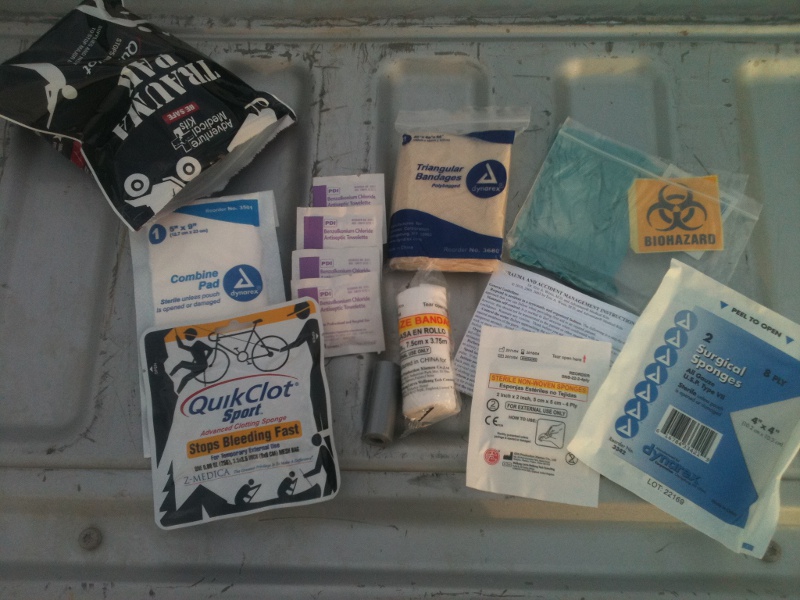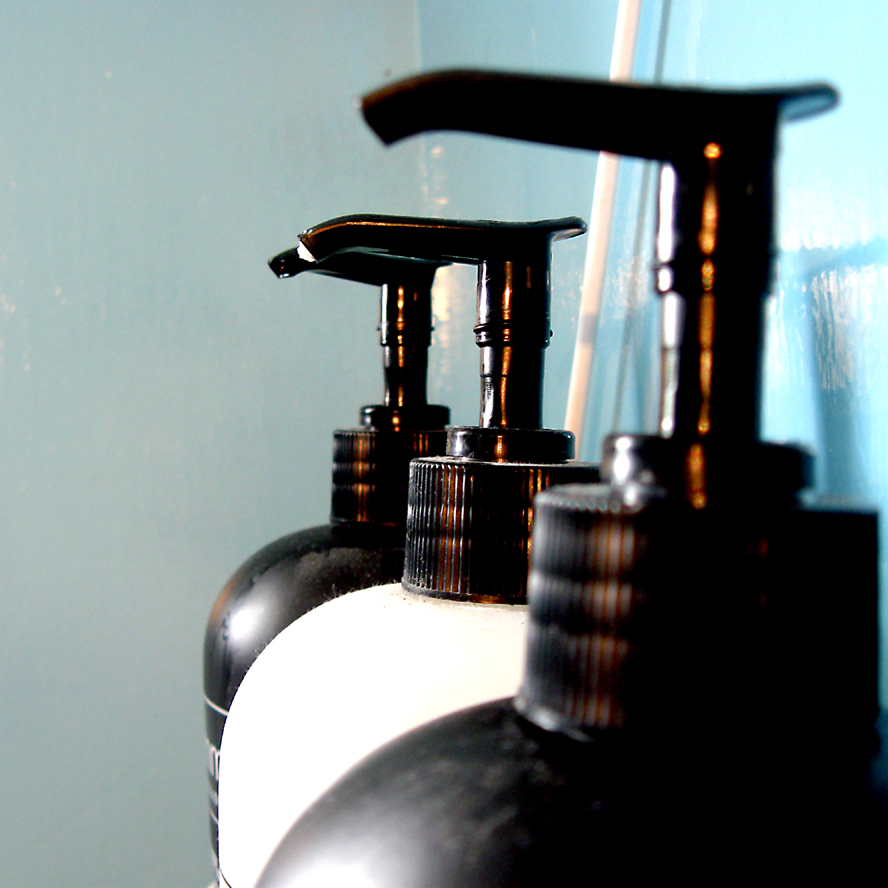Hardly a week goes by that I don’t hear about another person I know getting their license to carry a firearm. Just as often we hear news of a similar sort announcing another area relaxing restrictions or of a court victory enforcing our 2nd amendment rights enshrined in the United States Constitution. Each of these little victories makes us each a little safer, but it also carries a reminder of the responsibilities shouldered by people who have made the decision to take charge of their own safety.
What I’m about to say next is just my own opinion, but I feel very strongly about it so I’ll be blunt: If you carry a firearm and you don’t have at least a rudimentary trauma kit that is quickly accessible, you are wrong.
Let that sink in for a minute.
If you have made the decision to carry a pistol then it only follows that you prepare to deal with the aftermath should you ever be forced to use it. Most people have heard the saying that “When seconds count, the police are only minutes away.” The same thing can be said of emergency medical services. Without prompt action it is possible to bleed out from a major arterial wound in only a few minutes. By taking a few basic life-saving measures, especially with the assistance of a trauma kit, bleeding can be slowed enough to allow time for advanced medical support to arrive.
Now I’m not going to tell you to chase down and try to administer first aid to some bad guy you just shot out of self defense. In a violent encounter it is rare to find only one side injured. Whether you are providing care to yourself or to an innocent injured bystander, your actions could make the difference between life and death while you wait for help to arrive.
It’s not just others that such a kit can help. Simply having a trauma kit, on your person or nearby, could allow a bystander good Samaritan to render aid to you. Some commercial kits even have easy to understand instructions printed on laminated cards so that aid can be adequately rendered by an untrained individual if necessary.
Self defense incidents aren’t the only time a trauma kit can come become a lifesaver. Accidental (and negligent) discharges at the gun range can be just as deadly. Other more common accidents happen all the time, both on the highways, at work, and at home. A person doesn’t have to be suffering from a gunshot wound to require life-saving measures. Trauma can come in the form of major lacerations from an auto accident or a slip with a knife while preparing a meal. Whatever the cause of the trauma, it’s important to be prepared to respond quickly and assertively.
My point in all of this is that you have already made the decision to be prepared by becoming licensed to carry a firearm. This is not a responsibility to be taken lightly. You should also be prepared for the aftermath of the much more common household or auto accident that turns deadly.
There are a few different levels of trauma kits, also referred to as “blowout kits,” ranging from a full fledged corpsman’s kit down to the most bare bones trauma kit with only the most basic tools to stop bleeding. The larger and more advanced kits are great for keeping at home, at the range, or in your vehicle. The smaller kits are easily concealed in a purse, briefcase, or even a cargo pocket.
Don’t discount the small compact kits. Having a basic kit that fits in your cargo pocket is better than a fully fleshed out kit that you tend to leave in the house or in a vehicle. An example of this would be the IPOK (Individual Patrol Officer Kit) which fits conveniently and compactly into a plastic pouch. The components of a slightly better but still very basic kit such as our IFAK (individual first aid kit) usually consist of the following: nitrile gloves, gauze and bandages, a few yards of duct tape, and a blood stopper such as QuickClot or some other brand. Our Advanced IFAK Tactical Trauma Kit is a good step up from the IFAK with the addition of a tourniquet. More advanced kits than this, such as our blowout kits also have shears, a dedicated chest seal, and a tourniquet of some sort.
Of course you might want a much more advanced kit like the STOMP mobile hospital that has virtually everything you could need. It’s perfect for your house or for a remote gun range where medical assistance may be some time in coming.
Needless to say it would be foolish to simply purchase a trauma kit and just assume that you are good to go. By the same token, you wouldn’t buy a pistol and get your license to carry without having had at least some very basic instruction. Tools, whether a firearm or a basic life-saving kit, are only as good as the person wielding them. You should pursue training on the use of these kits.
Additional training should be sought out every few years after that, not just to keep your skills sharp, but because medical doctrines change often with advancing technology and deeper understanding of the human body. The techniques and skills you learned years ago may no longer be considered “best practice” for basic life-saving or first aid. The medical use of a tourniquet has gone from a lifesaver, to anathema as a “guaranteed amputation,” only to eventually find favor again as one of the most effective ways to prevent rapid blood loss in an extremity and thus preserve life. Even basic CPR (cardio pulmonary resuscitation) has gone through numerous evolutions in just the past few decades.




 The economy tanked again yesterday, and predictably, the blogs and news articles overnight were full of people urging on the rush to gold.
The economy tanked again yesterday, and predictably, the blogs and news articles overnight were full of people urging on the rush to gold.
 It’s hot outside this time of year. The mercury pushed past 108 degrees Fahrenheit today. As much as I love spending time outdoors, it’s so much more appealing to just sit inside my cool air-conditioned home when the dog days of summer make it hard to imagine that winter winds will ever blow again.
It’s hot outside this time of year. The mercury pushed past 108 degrees Fahrenheit today. As much as I love spending time outdoors, it’s so much more appealing to just sit inside my cool air-conditioned home when the dog days of summer make it hard to imagine that winter winds will ever blow again. 